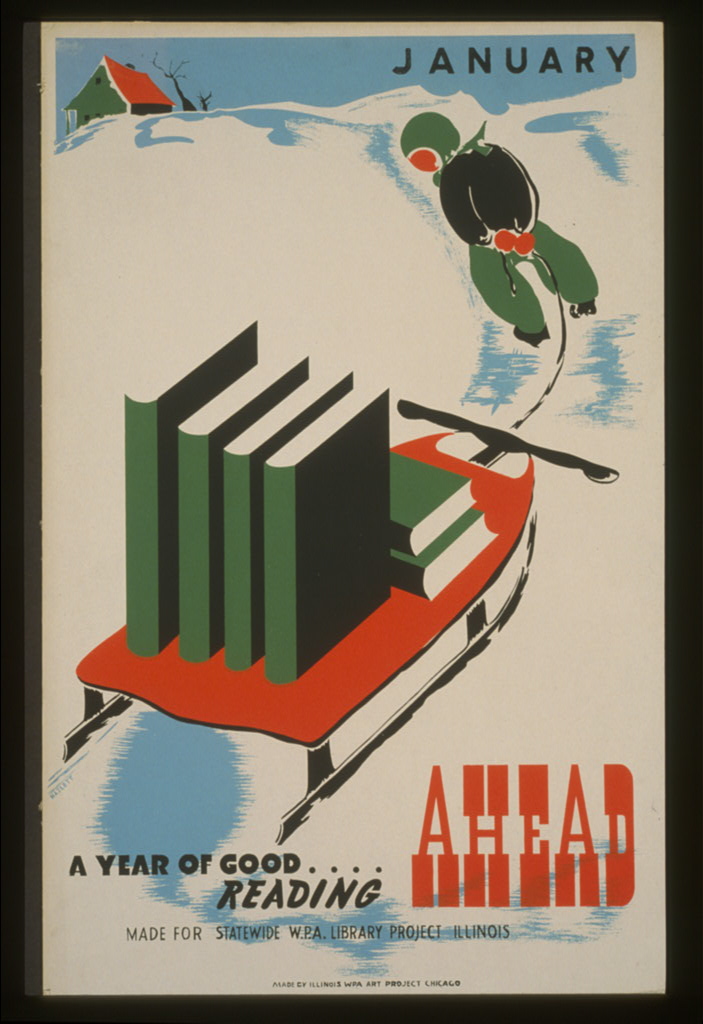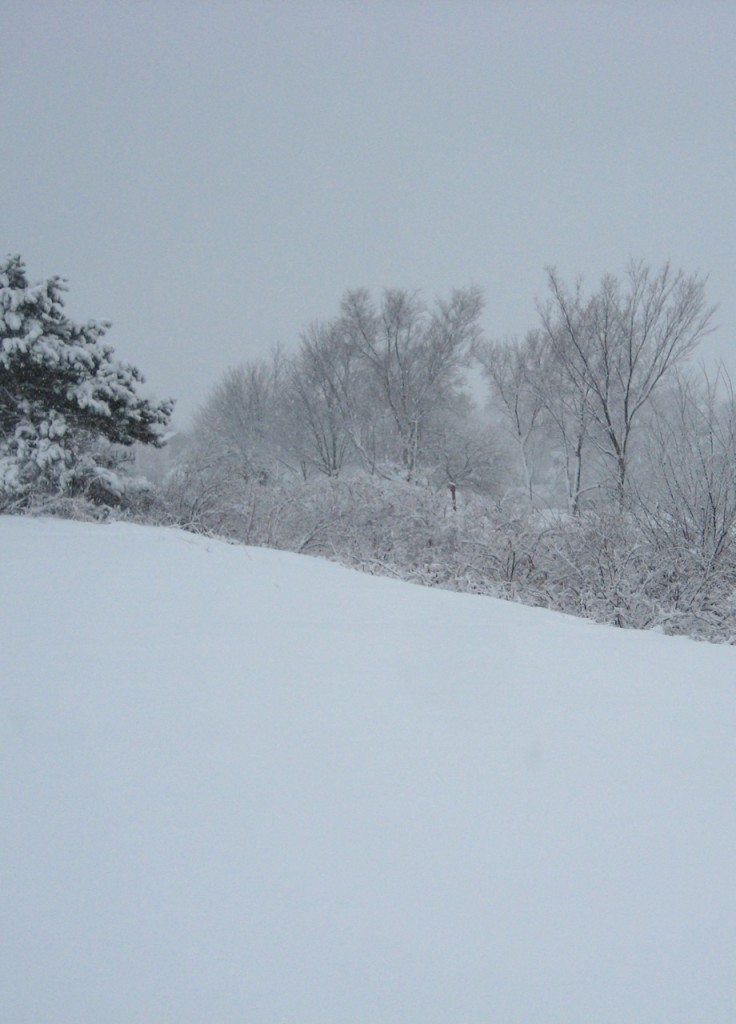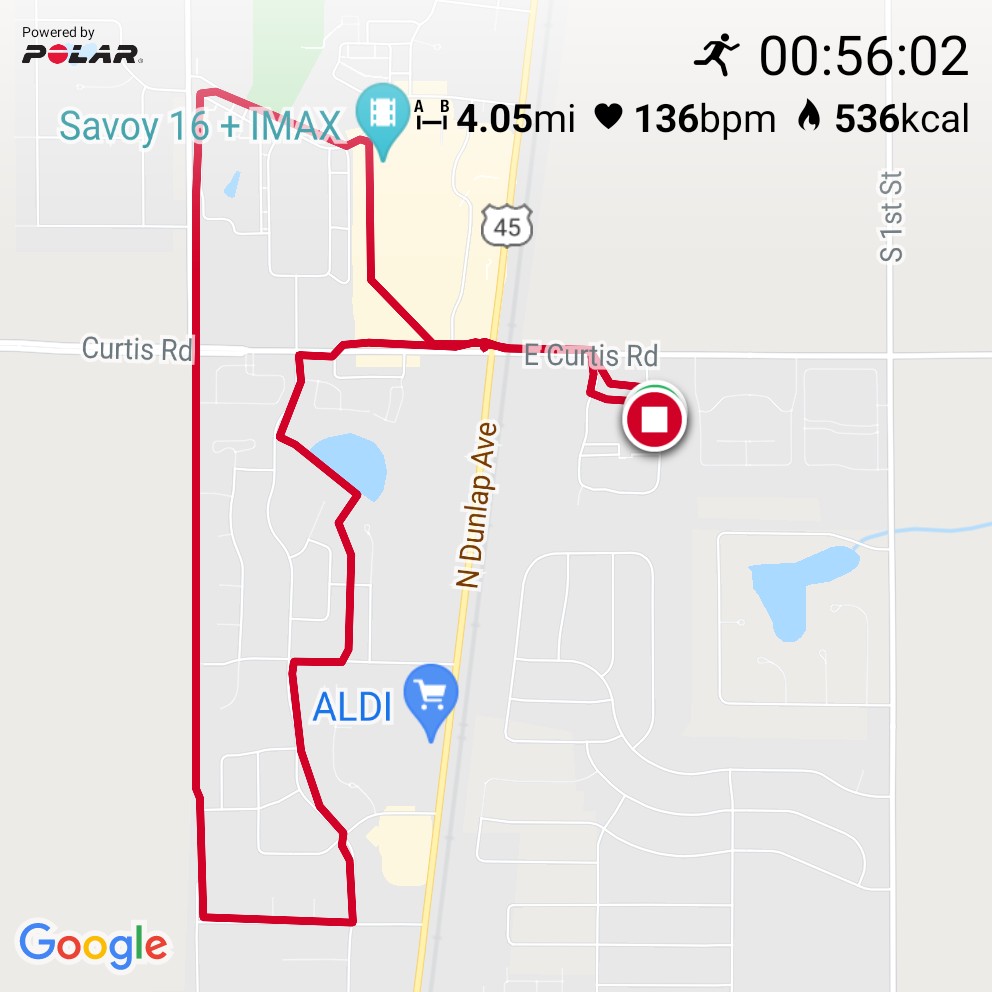I have a couple of fingers of Writers Tears, while @jackieLbrewer is drinking an Irish Ghostwriter (that is, a Ghostwriter made with Irish whiskey). 🍸✍️


I have a couple of fingers of Writers Tears, while @jackieLbrewer is drinking an Irish Ghostwriter (that is, a Ghostwriter made with Irish whiskey). 🍸✍️

Two writing sessions got me 1,067 words, and brings me to nine #amwriting days in a row. Now I need to rush through my morning exercises if I’m going to get in my workout in time to grill steaks for lunch. 🏋🏻♂️ ✍️
1,028 new words in my WIP, plus wrote out my critique for @limako’s latest story. Now time for my workout. #amwriting

It’s a bit harder to put this past year in a tidy descriptive box than it has been the past few years. Probably the simplest description would be: The same, but less so.
Last year I did a great job of leaning into exercise as a way to cope with the pandemic. This year started with me feeling like I could imagine that the pandemic would end, and I was focusing of all the new things I could do, once I could spend time with other people—rock climbing, parkour, fencing, historical European martial arts (i.e. sword fighting), etc.
Except then the pandemic didn’t end, and I was left to carry on as best I could with last year’s exercises. I did okay, but not as well as I had done.
In fact, I’m perfectly pleased with the way I maintained my capabilities. Late last year I checked and documented that I’d pretty much accomplished the baseline goals that I’d set for myself (see Five years of parkour strength training). I just checked again, and I’ve not backslid on those.
Last year I didn’t even think about setting new baseline goals, because my plan had been to move on from these solo training goals to training with other actual people. This year I’ve felt like I needed to at least think about it, but so far I’m not feeling it. I do want to recover the ability to do a few pull ups (again!), but that’s about the only physical benchmark of that sort where I feel like I want or need specific improvement.
It’s not that I’m a perfect physical specimen; it’s just that I don’t have much attachment to being able to squat this much weight or deadlift that much. I want to be strong enough to pick up something heavy and carry it a reasonable distance, but I don’t feel much need to put specific numbers on that weight or that distance.
I wrote a day or two ago about how I gradually shifted to more running and less lifting, which has been great. But in the middle of the year I spent some months doing less of everything—I had a minor medical issue in the spring, then we took a vacation, then I went to visit my dad, then Jackie had her hip replacement (meaning that I had to pretty much take over running the household for a few weeks). I did okay in terms of not backsliding too much, but I didn’t make much forward progress, and it has only been in the last six weeks or so that I’m really getting back to doing what I want to do.
So, where to go from here? I guess I want to:
I’ll aim to do something just like that in January and February. Along about March or April I will want to do the Superhero workout that I couldn’t do last year—that’ll be a brief interruption in my shift back to more running and less lifting, but just for eight or nine weeks. In mid-summer we have a plan for a hiking vacation in North Carolina, so in May and June we’ll want to gradually boost the amount and speed of our walks, and be sure to include plenty of hikes on trails, and to get in as much elevation change as possible in Central Illinois. I’ve got a couple more trips planned for late summer (assuming the pandemic allows), including attending WorldCon, but it’s only the hiking trip that will have much influence on my movement strategy.
So, I guess I have a plan.

After a couple of years when I didn’t do much writing (beyond this blog), this year I’ve gradually gotten back to it. I recently finished my first story in a long time, and I’ve gotten to work on another. (Datestamps suggest that I worked on at least three others in 2021.)
A big inspiration in this has been my brother, Steven D. Brewer, who has not only been writing fiction, he has been submitting stories with praiseworthy diligence—which, unsurprisingly, has led to some success. You can buy his first published story via Amazon, on paper or as an ebook!
As I’ve mentioned in the past, one obstacle to getting back to work writing fiction has been the difficulty of establishing a daily routine while I was still teaching tai chi (which had me occupied all through my prime writing time for two or thee days a week). Since that wrapped up a week and a half ago, I’ve had some success getting back to a daily writing. The holidays (and a minor medical thing) presented as obstacles, but today (as I write this it’s mid-afternoon on New Years Eve) I actually did an excellent job of spending the day the way I mean to.
As I have figured out over and over again, literally for years now:
The key—and I’ve known this for a long time—is to start my writing first. Once I’ve had a solid writing session, taking a break for some exercise is perfect. After that, I can get back to writing. (Whereas I’ve found it very hard to start writing after a long morning of exercise.)
Another attempt at a daily schedule
I’ve not been writing daily, but I have been writing nearly daily (I wrote at least some new words on eleven days in the second half of December), which is probably good enough—and which I am determined to continue into the new year. I have also submitted a story to an editor for the first time in a very long time.
I’m hoping to have a much more interesting “Writing in 2022” post next year.
Some fitness guru that I follow on the internet—I think it was Andrew Huberman, although it might have been Andy Galpin—suggested that the optimal ratio of resistance and endurance training was 3-to-2—but also suggested that which one is emphasized should switch after some number of months.
So, you might combine three strength-training workouts per week with two endurance workouts per week for some number of months, and then reverse the ratio and go with three endurance workouts per week combined with two strength-training workouts per week.
This is interesting to me mainly because I seem to intuitively be doing exactly that. All through 2020 I was emphasizing resistance exercise (often 4 workouts per week), and limited myself to a single run most weeks. (Due in particular to a sore foot, but also just because it felt right.) I generally included an HIIT session most weeks—so also endurance training, even if not long steady-state training.
Early in 2021 I had made a plan to repeat Anthony Arvanitakis’s Superhero Bodyweight Workout, which I’d used the year before to good effect. I even bought the latest version, which seemed slightly better. But then a minor medical issue meant I had to defer the super-intense workouts that it called for. Once the medical issue was resolved I figured I’d get back to it, but as the year progressed I started feeling like running more and longer. My foot was no longer troubling me, and I always enjoy long runs.
I found myself doing less lifting and more running. Just lately it occurred to me that what I wanted to do was three runs per week, and maybe just two lifting sessions—which would be nicely in accordance with the suggested adjustment in workout ratios.
So that’s my plan for the rest of the winter—three runs per week, with just two lifting session. Then maybe in the spring I’ll switch back and reemphasize lifting.

Very occasionally I wish I were the sort of person who kept lists.
It’s most common that I regret not being a list-keeper when someone asks for book recommendations, especially when they want something in a particular scope—the 10 best books I read this year, or three books that I’ve given as gifts.
I’m always daunted by a request like that, because I have no idea what books I read this year.
Some of my tools—in particular, Amazon and my Kindle—do some amount of list-keeping for me. The public library could, but by default it doesn’t. (For very legitimate historical reasons, librarians worry about their patrons’ privacy, and since they don’t need to keep track of what books you’ve checked out once you’ve returned them, they default to forgetting about them.)
I played around with using a little toy tool called IndieBookClub, which posts the books you enter to your site, but it didn’t do most of the things you’d actually want such a tool to do (associate the books you’re meaning to read, books you’re reading, books you’ve read, and your thoughts about them), so I didn’t find it very useful.
Some people really enjoy the process of keeping lists, but that’s not me. Basically, I don’t want to keep lists, I sometimes want to have kept lists. I sometimes regret not having a list of something, but not in a way that makes me think I should start keeping such a list.
I do track some things—money, exercise, sleep—when experience has shown me that doing so is of great value, but in most areas of life I don’t keep track of anything at all.
Just today—after a year of having this post hanging around in my drafts folder—I saw plans for folks working on IndieWeb stuff to talk about how to do personal libraries in a way that would produce decentralized Goodreads-like functionality. That would really appeal to me.
In the meantime maybe I’ll look around at some list-keeping tools (or maybe start using a few pages in my bullet journal to keep track of books and other things worth tracking).
I’ll keep you posted. Maybe next year will be the year I keep a list of one more thing!

“To me, success as a writer would be dying alone on an ice floe shortly after turning eleventy-one.”
My “fast” run for this week was just an ordinary 4-mile run, except around the midpoint I set my interval timer and did all-out sprints 5 x 10″ with 50″ recovery. 🏃🏻♂️


Just like cell phones trained us to accept downtime that wireline customers the second half of last century would have considered outrageous, smart grids will too—as I said in 2017: What cell phones teach us about the power grid.
“… when the grid is unavailable, appliances and management software will collude to conserve electricity while trying to keep users comfortable and preserve food in the fridge or the charge on a laptop.”
Source: https://wolfliving.tumblr.com/post/670902474742317056/off-the-grid-iot